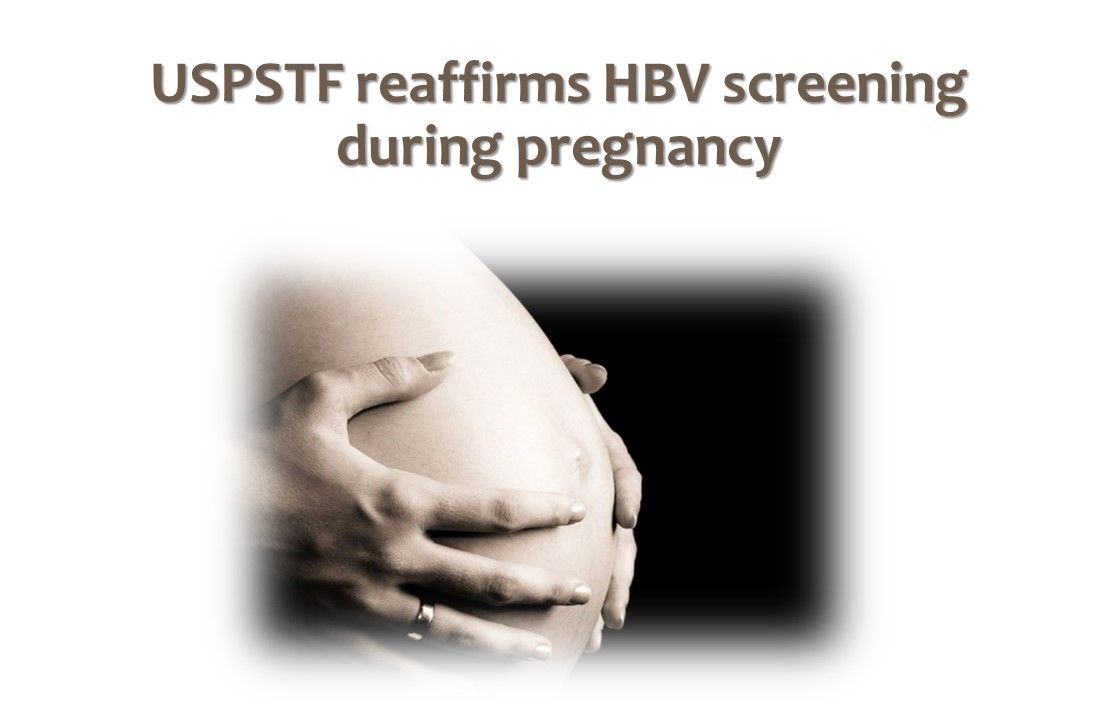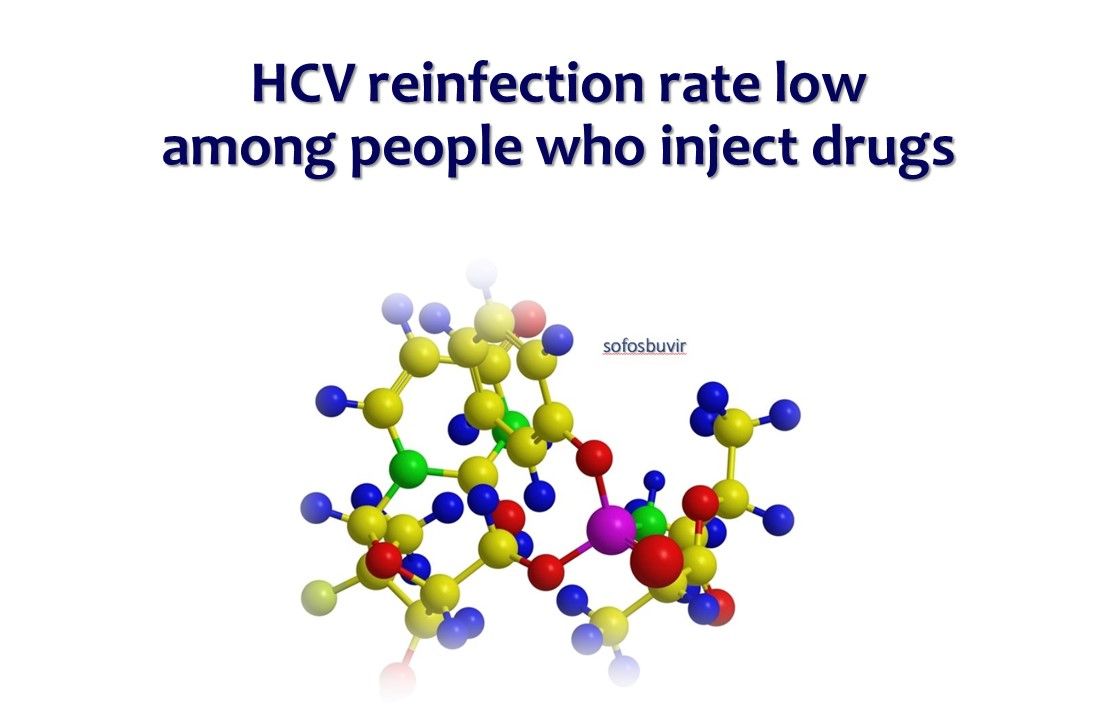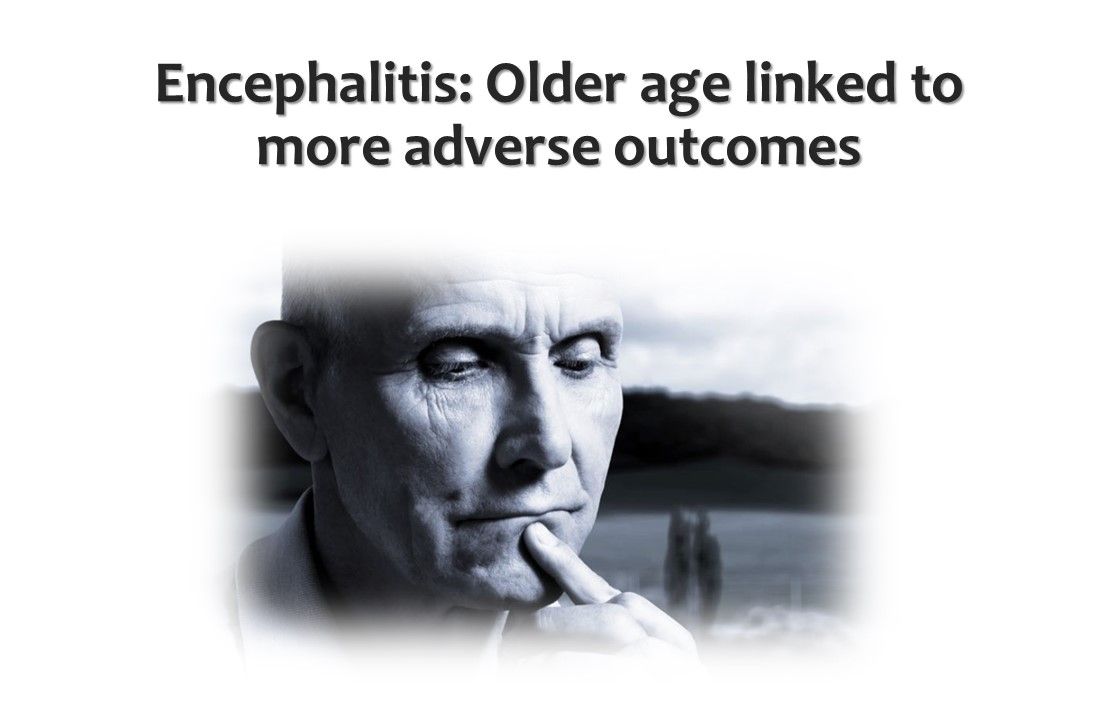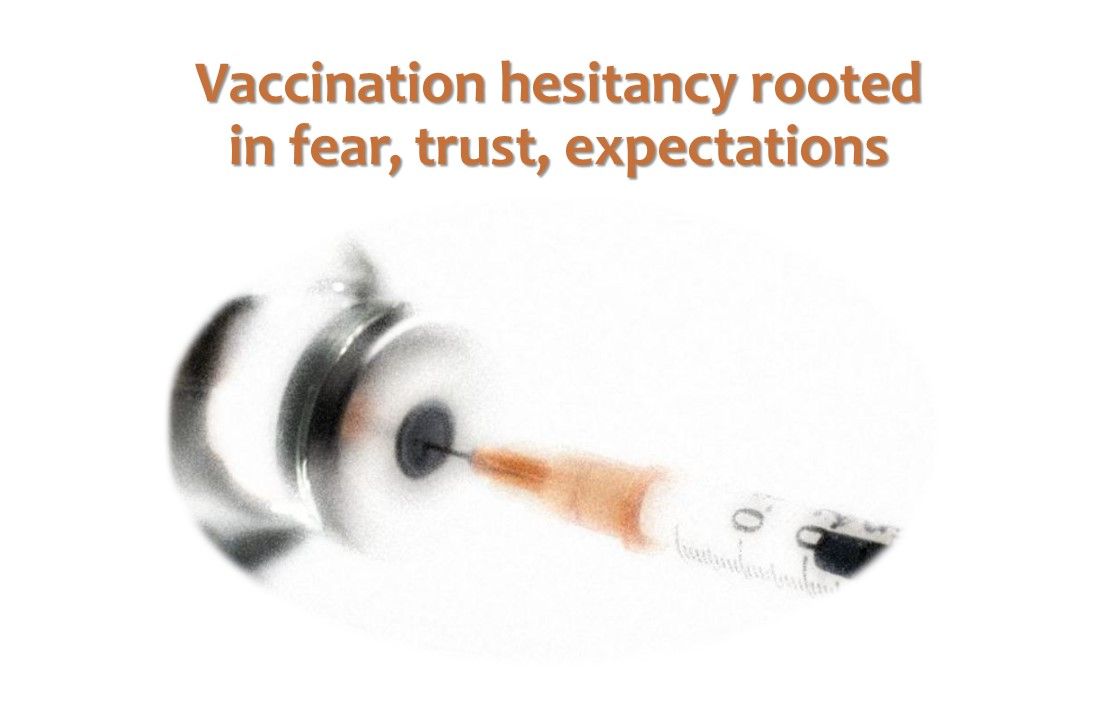© 2025 MJH Life Sciences™ , Patient Care Online – Primary Care News and Clinical Resources. All rights reserved.
Infectious Disease Snapshots: 6 Studies for Primary Care
How prevalent is use of antibiotics without a prescription? How effective is HCV treatment in people who inject drugs? See snapshots of these study results and 4 more.

“I share Alfred Nobel's conviction that war is the greatest of all human disasters. Infectious disease runs a good second.”- Australian immunologist and pathologist Peter C. Doherty

In a scoping review published July 23 in the Annals of Internal Medicine, prevalence of antibiotic use without a prescription varied from 1% to 66% and storage of antibiotics for future use from 14% to 48%. Prevalence of intention to use antibiotics without a prescription was 25%. Nonprescription antibiotics were obtained from previously prescribed courses, local markets and stores, and family and friends.
Easy access to under-the-counter sales and difficulty accessing the health care system were contributing factors, along with costs of physician visits, long waiting periods in clinics, and transportation problems.

The US Preventive Services Task Force (USPSTF) has recommended screening for hepatitis B virus (HBV) in pregnant women at their first prenatal visit (A recommendation). The recommendation, published in the July 23/30 issue of JAMANetwork, is a reaffirmation of the 2009 USPSTF guidance.
After a targeted review of the benefits and harms of screening for HBV infection in pregnant women, the USPSTF found no new substantial evidence and determined that the net benefit continues to be well established.

The feasibility of HCV treatment for PWID at high risk for secondary transmission has begged study. In a 2:1 randomized trial of modified directly-observed (mDOT) vs unobserved hepatitis C virus (HCV) treatment with ledipasvir-sofosbuvir among people who inject drugs (PWID), HCV was undetectable for 96.8% of patients at end of treatment and 89.7% 12 weeks later. The reinfection rate was 16.3 per 100 person-years of observation.
The authors, writing in PLoS One, June 3, 2019, concluded that recruiting active PWID for HCV treatment and achieving high retention, viral response, and satisfaction with mDOT or unobserved protocols is feasible.

More than half (53%) of older adults with encephalitis had adverse clinical outcomes (ACO) at discharge, according to a retrospective cohort study published online in Clinical Infectious Disease in early July. Among study subjects aged ≥65 years, HIV prevalence was lower and the number of comorbidities was higher. These subjects were less likely to receive adjuvant steroids and more likely to have a positive arbovirus serology, a positive herpes simplex virus polymerase chain reaction, abnormal computerized tomography findings, and ACO).
Prognostic factors associated with an ACO were age ≥65 years, fever, Glasgow coma scale <13, and seizures.

Why do people hesitate to be vaccincated, even against deadly disease? With data from a national random sample of 1018 US adults interviewed early during the 2014 Ebola outbreak, investigators constructed a new 3-item Exposure Expectancy Scale to measure the degree of respondents’ expectancy of a potential nearby Ebola outbreak. They found that willingness to take the Ebola vaccination is positively associated with a generalized sense of fear, trust in the government’s ability to control an outbreak, and expectation of a potential outbreak that is imminent and proximate. Results appeared online on July 18, 2019, in Heliyon.
These 6 short takes offer details on recent studies that looked at prevalence of antibiotic use without a prescription; HBV screening during pregnancy; feasibility of HCV treatment among PWID; poor outcomes in older adutls with encephalitis; and, reasons for vaccination hesitancy.Â
Related Content:



